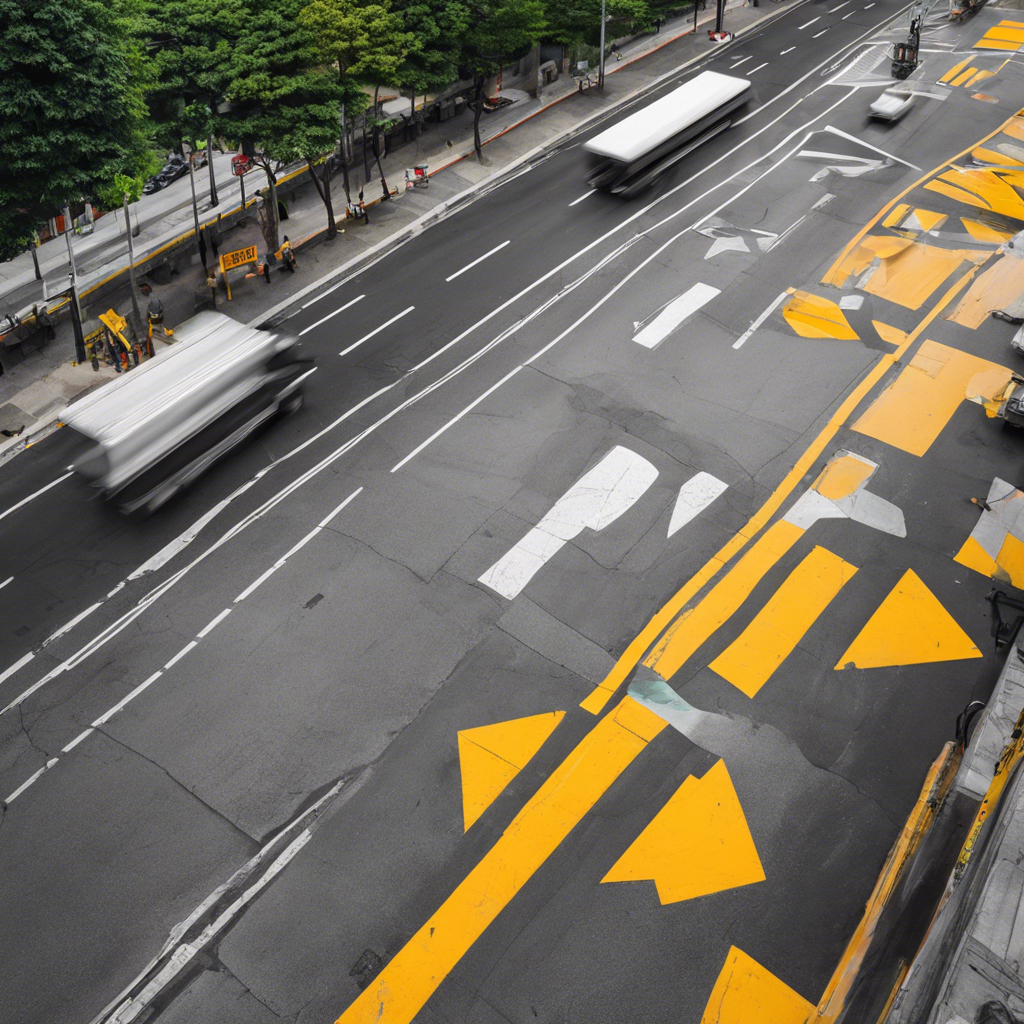Exploring pedestrian safety measures and their impact on accident prevention.
Pedestrian safety is a critical concern in urban areas, where the bustling streets and heavy traffic can pose significant risks to those on foot. The implementation of effective safety measures is essential to reduce accidents and create a safer environment for pedestrians. This article delves into the various strategies and interventions that can make a difference in pedestrian safety and outlines the positive impact these measures can have on accident reduction.
In recent years, cities worldwide have witnessed a growing emphasis on pedestrian-friendly infrastructure and policies, recognizing the importance of catering to the needs of those who navigate urban spaces on foot. This shift in focus has led to the development and implementation of a range of safety measures aimed at reducing accidents and making streets safer for pedestrians.
The importance of pedestrian safety measures
Understanding the significance of these initiatives is crucial. Pedestrian safety measures not only protect individuals but also contribute to the overall well-being of communities. By exploring the various approaches and their effectiveness, we can appreciate the transformative power these measures can have in shaping safer urban environments.
Impact of Pedestrian Accidents
The consequences of pedestrian accidents can be severe. According to a study by the Insurance Institute for Highway Safety, more than 6,000 pedestrians were killed in traffic crashes in the United States in 2021. These accidents often result in life-altering injuries or fatalities, leaving a profound impact on families and communities. The economic burden is also substantial, with medical costs and lost productivity contributing to the overall societal toll.
Common Causes
Pedestrian accidents can occur due to various factors. Excessive speed, driver distraction, and failure to yield at crosswalks are significant contributors. The National Highway Traffic Safety Administration emphasizes the importance of addressing these issues to create safer road environments.
Unprotected Left Turns
One specific issue that often leads to accidents is **unprotected left turns**. This occurs when drivers make left turns without a designated protected turn signal phase. Pedestrians crossing the street may have the right of way but are at risk due to turning vehicles. Implementing
**protected left-turn signals**
is a critical safety measure to address this issue.
Pedestrian-Friendly Infrastructure
The design of urban spaces plays a crucial role in pedestrian safety. Creating dedicated infrastructure for pedestrians, such as wide sidewalks, well-marked crosswalks, and pedestrian bridges, can significantly reduce accidents. Implementing these features encourages walking as a safe and convenient mode of transportation.
Effective Safety Measures
Implementing Traffic Calming Strategies
Traffic calming strategies are essential in reducing vehicle speeds and improving pedestrian safety. Techniques like speed bumps, chicanes, and roundabouts force drivers to slow down and be more attentive, reducing the risk of accidents. For more information on traffic calming measures, visit Smart Growth America.
Pedestrian Crossing Improvements
–
Refurbished Crosswalks
Enhancing crosswalks with high-visibility markings and signage makes them more noticeable to drivers. This simple improvement significantly reduces the likelihood of accidents at crossings.
–
Pedestrian Countdown Timers
Countdown timers provide pedestrians with a clear indication of the remaining time to cross the street safely. This feature encourages better-informed decisions and reduces the risk of rushing across intersections.
Q&A: Addressing Common Concerns
How do pedestrian safety measures impact traffic flow?
Implementing safety measures such as traffic calming and pedestrian-friendly infrastructure can initially cause minor disruptions to traffic flow. However, these measures ultimately lead to safer and more efficient traffic patterns. By reducing vehicle speeds and prioritizing pedestrian crossings, traffic flow becomes more organized, benefiting all road users.
What are the long-term benefits for communities?
Pedestrian safety measures contribute to healthier and more vibrant communities. Safer streets encourage walking and cycling, leading to improved physical and mental well-being. Reduced traffic speeds also lower noise pollution and enhance the overall quality of life in urban areas.
Conclusion
In the quest to make urban environments safer for pedestrians, the implementation of well-designed safety measures is paramount. By addressing the root causes of accidents and prioritizing pedestrian needs, cities can create more inclusive and vibrant spaces. The positive impact of these measures extends beyond accident reduction, fostering healthier and more sustainable communities. It is through such comprehensive approaches that we can ensure the safety and well-being of all who share our streets.
## External Links:
1. Pedestrian Safety Fact Sheet by the Insurance Institute for Highway Safety
2. National Highway Traffic Safety Administration Pedestrian Safety Campaign
3. Introduction to Traffic Calming Measures by Smart Growth America
